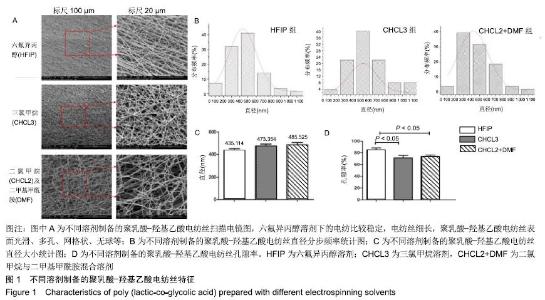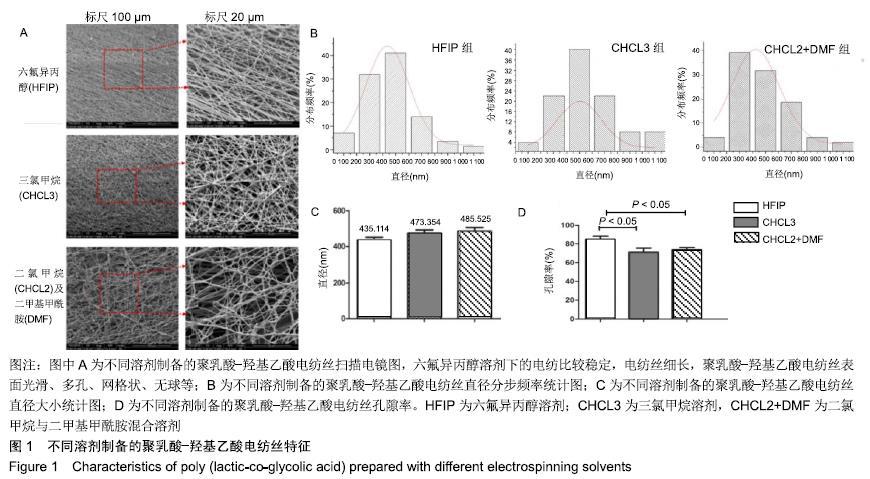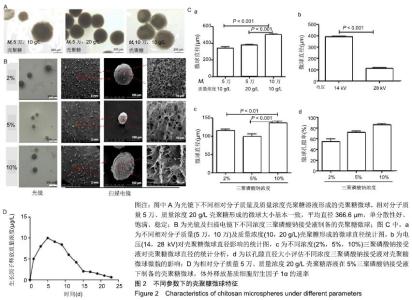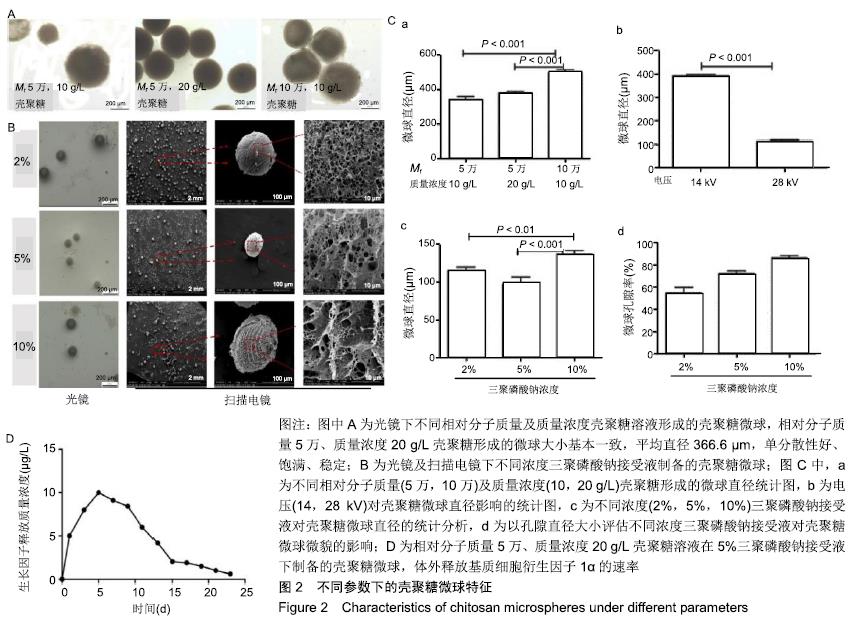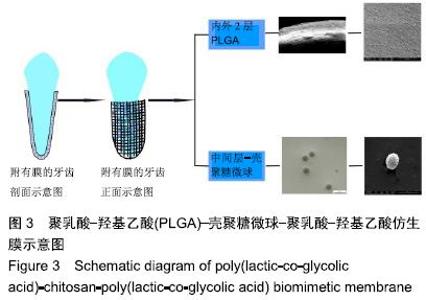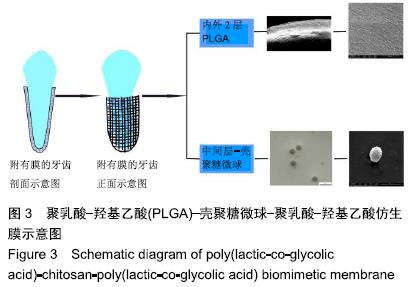[1] GLENDOR U.Epidemiology of traumatic dental injuries--a 12 year review of the literature. Dent Traumatol.2008;24(6):603-611.
[2] PRIYA MH, TAMBAKAD PB, NAIDU J.Pulp and Periodontal Regeneration of an Avulsed Permanent Mature Incisor Using Platelet-rich Plasma after Delayed Replantation: A 12-month Clinical Case Study.J Endod.2016;42(1):66-71.
[3] CHEW JRJ, CHUAH SJ, TEO KYW, et al.Mesenchymal stem cell exosomes enhance periodontal ligament cell functions and promote periodontal regeneration. Acta Biomaterialia.2019;89:252-264.
[4] DEMIREL S, YALVAC ME, TAPSIN S, et al.Tooth replantation with adipose tissue stem cells and fibrin sealant: microscopic analysis of rat’s teeth.Springerplus.2016;l5(1):656.
[5] VENKATAIAH VS, HANDA K, NJUGUNA MM, et al.Periodontal Regeneration by Allogeneic Transplantation of Adipose Tissue Derived Multi-Lineage Progenitor Stem Cells in vivo. Sci Rep.2019;9(1):921.
[6] ZHU W, ZHANG Q, ZHANG Y, et al.PDL regeneration via cell homing in delayed replantation of avulsed teeth.J Transl Med.2015;13(1):357.
[7] TABATA Y, YAMADA K, MIYAMOTO S, et al.Bone regeneration by basic fibroblast growth factor complexed with biodegradable hydrogels. Biomaterials.1998;19(7-9):807-815.
[8] ASPENBERG P, ALBREKTSSON T, THORNGREN KG. Local application of growth-factor IGF-1 to healing bone. Experiments with a titanium chamber in rabbits.Acta Orthop Scand.1989;60(5):607-610.
[9] SINPREECHANON P, BOONZONG U, SRICHOLPECH M. Comparative evaluation of periodontal ligament fibroblasts stored in different types of milk: effects on viability and biosynthesis of collagen. Eur J Oral Sci. 2019;127(4):323-332.
[10] PHAM QP, SHARMA U, MIKOS AG.Electrospinning of Polymeric Nanofibers for Tissue Engineering Applications: A Review.Tissue Eng. 2006;12(5):1197-1211.
[11] JIANG W, LI L, ZHANG D, et al.Incorporation of aligned PCL-PEG nanofibers into porous chitosan scaffolds improved the orientation of collagen fibers in regenerated periodontium. Acta Biomater. 2015;25: 240-252.
[12] CHEN G, CHEN J, YANG B, et al.Combination of aligned PLGA/Gelatin electrospun sheets, native dental pulp extracellular matrix and treated dentin matrix as substrates for tooth root regeneration. Biomaterials. 2015;52:56-70.
[13] DAI T, TANAKA M, HUANG YY, et al.Chitosan preparations for wounds and burns: antimicrobial and wound-healing effects.Expert Rev Anti Infect Ther.2011;9(7):857-879.
[14] ATAY E, FABRA MJ, MARTÍNEZ-SANZ M, et al.Development and characterization of chitosan/gelatin electrosprayed microparticles as food grade delivery vehicles for anthocyanin extracts.Food Hydrocoll. 2018;77:699-710.
[15] JU X, WANG X, LIU Z, et al.Red-blood-cell-shaped chitosan microparticles prepared by electrospraying.Particuology. 2017;30: 151-157.
[16] DASH M,CHIELLINI F,OTTENBRITE RM,et al.Chitosan—A versatile semi-synthetic polymer in biomedical applications.Prog Polym Sci. 2011;36(8):981-1014.
[17] HE Y, JIN Y, WANG X, et al.An Antimicrobial Peptide-Loaded Gelatin/Chitosan Nanofibrous Membrane Fabricated by Sequential Layer-by-Layer Electrospinning and Electrospraying Techniques. Nanomaterials (Basel).2018;8(5). pii: E327. doi: 10.3390/nano8050327.
[18] KAPOOR DN, BHATIA A, KAUR R, et al.PLGA: a unique polymer for drug delivery.Ther Deliv.2015;6(1):41-58.
[19] MARQUEZ-CURTIS LA, JANOWSKA-WIECZOREK A.Enhancing the migration ability of mesenchymal stromal cells by targeting the SDF-1/CXCR4 axis.Biomed Res Int.2013;2013:561098.
[20] FUJIO M, YAMAMOTO A, ANDO Y, et al.Stromal cell-derived factor-1 enhances distraction osteogenesis-mediated skeletal tissue regeneration through the recruitment of endothelial precursors.Bone. 2011;49(4):693-700.
[21] KIM K, LEE CH, KIM BK, et al.Anatomically shaped tooth and periodontal regeneration by cell homing.J Dent Res. 2010;89(8):842-847.
[22] BODMEIER R, CHEN HG,PAERATAKUL O.A novel approach to the oral delivery of micro- or nanoparticles.Pharm Res.1989;6(5):413-417.
[23] SHU XZ, ZHU KJ.Controlled drug release properties of ionically cross-linked chitosan beads: the influence of anion structure.Int J Pharm.2002;233(1):217-225.
[24] 周旋.壳聚糖微球制备优化及其乙酰化微球作为潜在栓塞材料的研究[D].青岛:中国海洋大学,2012.
[25] HASSANI S, LAOUINI A, Fessi H, et al.Preparation of chitosan–TPP nanoparticles using microengineered membranes – Effect of parameters and encapsulation of tacrine.Colloid and Surface A. 2015;482:34-43.
[26] XU Y, HANNA MA.Electrosprayed bovine serum albumin-loaded tripolyphosphate cross-linked chitosan capsules: synthesis and characterization.J Microencapsul.2007;24(2):143-151.
[27] WANG XX, JU XJ, SUN SX, et al.Monodisperse erythrocyte-sized and acid-soluble chitosan microspheres prepared via electrospraying.RSC Adv.2015;5(43):34243-34250.
[28] MORENO JAS, MENDES AC, Stephansen K, et al.Development of electrosprayed mucoadhesive chitosan microparticles.Carbohydr Polym.2018;190:240-247.
|
